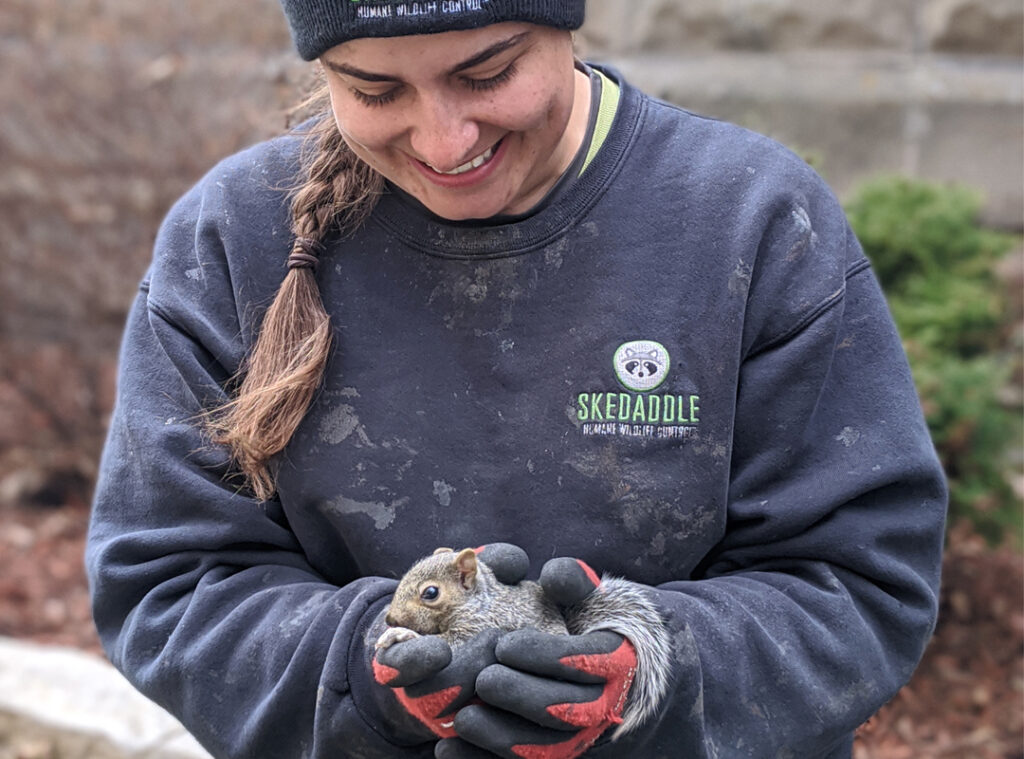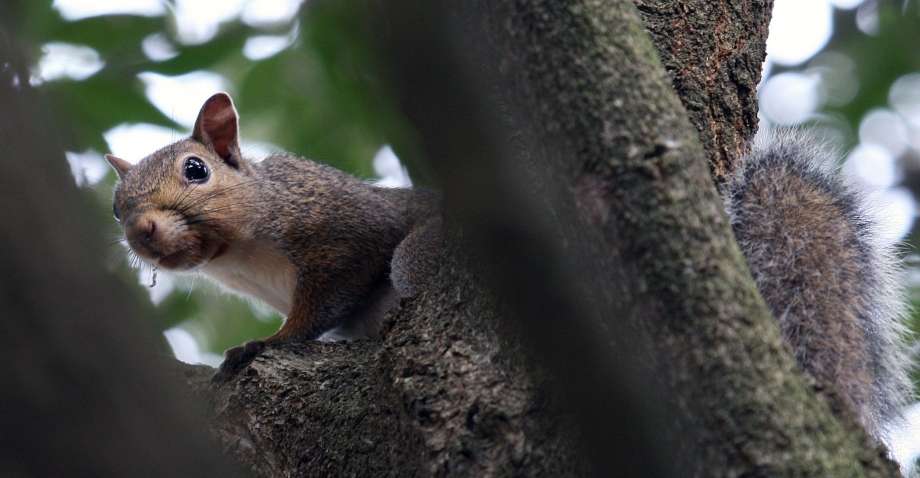Squirrels depend on trees as sources of food and places to hide from predators. They travel from place to place partly by jumping from tree to tree, which leaves them less vulnerable while in transit than if they were to scamper from place to place over the ground. If you have trees on your property, you are more likely to see squirrels.
Overhanging tree branches could make it easier for squirrels to get onto your roof. If they get into the attic, you need professional squirrel removal in Madison to avoid damage. Unfortunately, squirrels could also cause damage to your trees. Here are a few risks that squirrels can pose to trees.
1. Chewing Branches Off
Squirrels do not have access to toothbrushes or floss, so they chew on hard objects, such as the branches of a tree, to maintain their teeth. However, gnawing on tree branches is not just about keeping the squirrel’s teeth clean. Because squirrels are rodents, their front teeth never stop growing. Chewing on hard objects, such as tree branches, keeps these teeth filed down to a manageable size while also sharpening them.
A squirrel’s chewing could remove the branches completely. This unintentional pruning of your tree could affect its ability to absorb sunlight because of the loss of leaves. If a squirrel removes only twigs or small branches from a mature, well-established tree, it probably won’t make much difference, but young trees are vulnerable and may not be able to withstand the damage.
2. Enlarging Holes in Trees
Woodpeckers make holes in trees to eat insects under the bark. The holes can then serve as homes for squirrels and other animals. However, squirrels often have to do some remodeling before they move in, gnawing on the edges of the hole to make it larger. This has the added benefit to the squirrel of helping to file down its teeth. Unfortunately, however, it can also undermine the tree’s structural integrity. Over time, the tree can become weaker as a result.
3. Stripping Bark From Trees
A tree has two layers of bark. The outer layer is tough and helps to hold moisture inside the tree while keeping diseases and pests out. The inner layer is called the phloem; it transports nutrients throughout all the parts of the tree.
Squirrels sometimes like to eat the soft, sweet inner bark of a tree, especially during the winter when food is scarce. To get to it, they have to tear off the outer bark. Removing a little bit of bark at a time is unlikely to cause significant damage to a tree, but if the squirrels strip off enough bark, the tree is vulnerable to pests and diseases and may not be able to transport nutrients effectively.
Squirrels are not the only animals that may strip bark from a tree. How do you know it is a squirrel stripping your tree and not a rabbit, vole, or beaver? Look for bare patches high off the ground; squirrels typically start stripping bark from a tree at the top and work their way down. If it is hard to see high up into the tree, look for unexplained wood shavings or chips around the base. These are hints that a squirrel is stripping your tree rather than another animal. If the bare patches are near the ground, a squirrel could be the culprit, but it is more likely to be another animal.

Call Skedaddle for Squirrel Control in Madison
If squirrels can damage trees, you can imagine what they can do inside your house. Skedaddle technicians undergo extensive training on how to get rid of squirrels in the attic humanely. Learn more about our squirrel removal services.



